Research
Search our website
Search our website by entering a keyword or choose a database above to search specifically.
Search
Showing search results 8,101 - 8,110
14,618 results found

Schellartweg 2, oosterzele, Belgium

Scheurbroek 7, Oosterzele, Belgium

Scheldeweg 64, Melle, Belgium

Scheestraat 41, Laarne, Belgium

Schouwegemstraat 24, Melle, Belgium

Scheldehout 1, De Pinte, Belgium

Schipbroekstraat z.n., Kortenaken, Belgium

Schipperijkaai 21, Brussel, Belgium

Schildstraat 24, Heers, Belgium

Schoolstraat 10, Opwijk, Belgium








